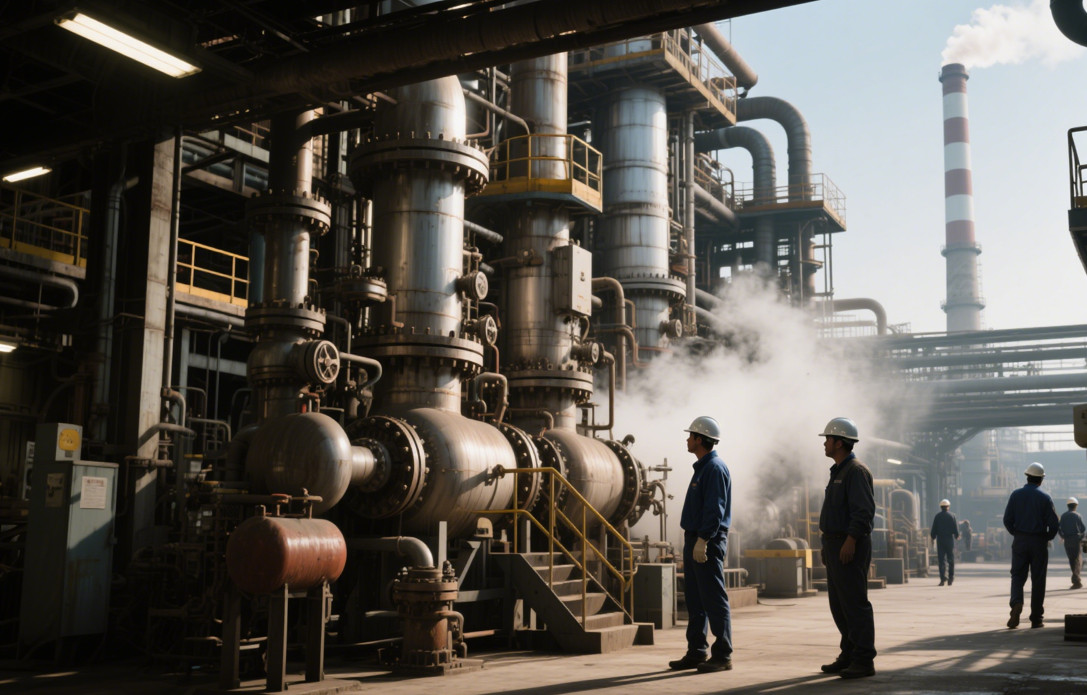
Recently, the international crude oil market has quickly returned to fatigue after a brief rebound, with WTI crude oil prices hovering in the range of $60-62 per barrel and Brent crude oil fluctuating around $63-65 per barrel. Despite occasional geopolitical risks, the deep-seated contradiction between supply and demand imbalance, policy games among major oil producing countries, and global energy transition pressures collectively constitute the core logic of the weak rebound in oil prices.
OPEC+is gradually withdrawing from the production reduction agreement, coupled with breakthroughs in shale oil technology in the United States and the release of production capacity in non OPEC+countries, further solidifying the global pattern of crude oil oversupply. Starting from April 2025, OPEC+member countries have officially launched a voluntary reduction quota restoration plan of 2.2 million barrels per day, and plan to completely withdraw from the production cuts by September 2026. The production of core oil producing countries such as Saudi Arabia and the United Arab Emirates has approached pre pandemic levels, with Saudi Arabia's crude oil exports reaching 7.2 million barrels per day in May, a new high in nearly three years. Despite Saudi Arabia's fiscal balance of oil prices reaching $84 per barrel, its actual increase in production has exceeded market expectations in order to compete for market share in Asia, directly suppressing oil prices.
The shale oil industry in the United States is accelerating its recovery driven by policy easing and technological iteration. The drilling efficiency in the Permian Basin has increased by 30%, and the breakeven cost of a single well has been reduced to below $65 per barrel. As of May 2025, US crude oil production remains at a high of 13.2 million barrels per day, an increase of 8% compared to the same period in 2024. The export volume of crude oil from the United States has risen to 4.23 million barrels per day, reaching a three-month high, with exports to Asia accounting for 40%, directly impacting the market share of Middle Eastern oil producing countries.
The development of sub salt oil fields in Brazil is accelerating, and the daily production is expected to increase by 350000 barrels by 2025; The Liza Phase II project in Guyana has been put into operation, with an additional production capacity of 220000 barrels per day. The IEA predicts that non OPEC+countries will increase their supply by 1.4 million barrels per day by 2025, far exceeding the global demand growth rate and further exacerbating the pressure of oversupply.
Oil consumption in OECD countries continues to decline, with refinery operating rates in the United States below 80% and gasoline demand decreasing by 5% year-on-year; Due to the popularity of electric vehicles, diesel demand in Europe has decreased by 12% compared to 2019. The lagging effect of the Federal Reserve's interest rate hike cycle is evident, with the manufacturing PMI falling below the boom bust line for six consecutive months and weak demand for industrial oil. Emerging markets such as India and Southeast Asia have become the main drivers of demand growth, but the increment is limited. India's crude oil imports in May increased by 6% year-on-year, but due to domestic refining capacity bottlenecks, the actual consumption increment was less than 300000 barrels per day. The growth rate of China's demand for refined oil has slowed down to 2%, and the penetration rate of new energy vehicles has exceeded 45%, accelerating the emergence of substitution effects.
The global installed capacity of renewable energy is growing at an average annual rate of 15%, and after the implementation of the European carbon border tax, traditional energy demand is further under pressure. Goldman Sachs predicts that the global oil demand growth rate will decrease by an average of 0.8% annually from 2025 to 2030, and the peak demand in 2030 may advance to 102 million barrels per day.
After returning to the White House, the Trump administration used tariffs to pressure countries such as Saudi Arabia and the United Arab Emirates to increase production, while also pushing for the legislative process of the Anti OPEC Act. If progress is made in the US Russia negotiations and Russia's sanctioned crude oil returns to the market, it is expected to increase global supply by 1 million barrels per day, further suppressing oil prices.
The risk of spillover from the Middle East conflict still exists, but the market's sensitivity to supply disruptions has decreased. The Houthi armed attack on a Red Sea oil tanker resulted in a 15% increase in shipping costs, but the boost to oil prices was less than $2 per barrel. The market is more concerned about the potential release capacity of OPEC+idle production capacity.
The implied volatility of Brent crude oil has dropped to a historical low, and speculative funds have reduced their net long positions by 40%. CFTC data shows that hedge funds have reduced their long positions in crude oil for 8 consecutive weeks, and market sentiment has turned cautious.
If the US EIA crude oil inventory continues to increase for three consecutive weeks, or if the OPEC+6 meeting maintains the production increase plan, WTI oil prices may drop by $55 per barrel. But the peak summer travel season may bring a temporary rebound in demand, and Brent oil prices may briefly hit $70 per barrel.
The World Bank predicts that the daily excess supply of crude oil worldwide will reach 1.2 million barrels by 2025, approaching the levels of the 1998 Asian financial crisis and the 2020 pandemic. Goldman Sachs has lowered its forecast for the annual average price of Brent crude oil to $73 per barrel, while Morgan Stanley has warned that the excess may expand to 1.1 million barrels per day in the second half of the year.
With the improvement of the global carbon pricing mechanism, traditional energy capital expenditures will continue to shrink. BP predicts that global oil and gas exploration investment will decrease by 40% compared to 2019 in 2030, and shale oil companies may shift to new energy, accelerating the rebalancing of supply and demand in the crude oil market.
The current crude oil market has entered a new normal of "high supply, low demand, and strong competition". The supply side pressure of OPEC+production increase and the recovery of shale oil in the United States, combined with the weak demand side of economic differentiation and energy transformation, together constitute the fundamental reason for the weak rebound of oil prices. In the short term, geopolitical risks and seasonal demand may bring periodic fluctuations, but in the medium to long term, the downward trend of the oil price center is difficult to reverse. Investors need to closely monitor OPEC+production policies, changes in the US shale oil cost curve, and global energy transition policies to seize structural opportunities within a risk management framework.

Since 2025, the conflict between the United States and Europe over the governance of the digital economy has continued to escalate.
Since 2025, the conflict between the United States and Euro…
When German Chancellor Mertz officially announced that he w…
On December 3rd local time, the copper price on the London …
The European Commission announced a new economic security s…
The European Commission announced a new economic security s…
For nearly a year, US President Donald Trump has launched a…